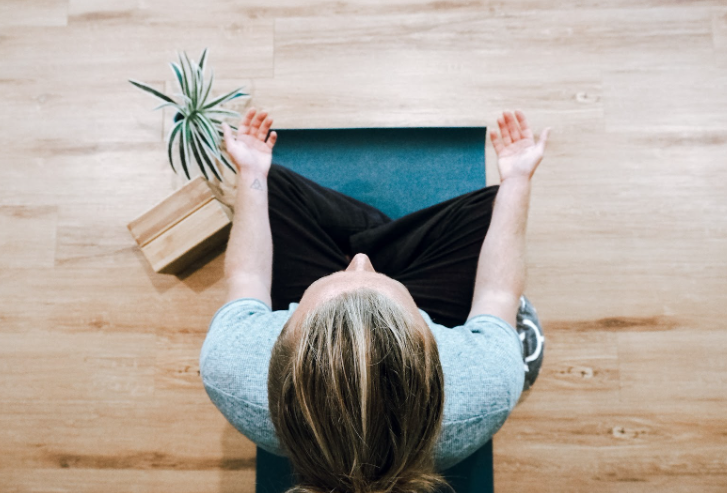Beginner's Guide to Combining Meditation and Physical Exercise for Maximum Benefits
|
Meditation and physical exercise are two powerful practices that can have a profound impact on our overall health and well-being. While both activities offer their own unique benefits, combining them can amplify their effects and create a truly transformative experience. |
 Photo by Katerina May on Unsplash |
The Science Behind Meditation and Physical Exercise
Meditation is a practice that involves focusing one's attention on the moment benefiting both the mind and body. It has been scientifically proven to have effects on the brain such as reducing stress levels and anxiety, improving mood regulation, and enhancing self awareness and compassion. When you consider your health, you have to add things like hearing center appointments and eye appointments as much as you do your gym appointments and GP appointments. It’s vital that you stay on top of your health for the best physical results.
Physical exercise encompasses any activity that enhances or maintains fitness promoting overall health and wellness. It has been extensively studied for its benefits which include strengthening muscles and bones, improving health and reducing the risk of chronic diseases like heart disease, stroke, and type 2 diabetes.
Why Combine Meditation and Physical Exercise?
Combining meditation and physical exercise can offer a number of enhanced benefits.
Getting Started: Basic Meditation Techniques for Beginners
- Enhanced mindfulness during workouts. Meditation can help you to become more aware of your body and its sensations, which can lead to a more mindful and enjoyable workout experience.
- Improved mental clarity and focus for exercise routines. Meditation can help to train your mind to focus and stay present.
- Accelerated recovery and reduced stress post-exercise. Meditation can help to reduce inflammation and promote muscle relaxation as well as manage stress levels, which can also contribute to improved recovery and overall well-being.
If you are new to meditation, there are a few basic techniques that you can try.
Integrating Meditation into Your Exercise Routine
- Guided meditation. This involves following the instructions of a guided meditation audio recording or app. Guided meditations can be a great way to get started, as they provide clear and concise instructions.
- Breath awareness meditation. This involves focusing your attention on your breath. Sit or lie down in a comfortable position and close your eyes. Begin to pay attention to your natural breath. Notice the rise and fall of your chest or belly as you breathe in and out. If your mind wanders, gently bring it back to your breath.
- Body scan or progressive relaxation. This involves focusing your attention on different parts of your body, one by one. Start by tensing and relaxing the muscles in your toes and feet. Then, move up your body, tensing and relaxing the muscles in each muscle group. As you relax each muscle group, pay attention to any sensations of tension or discomfort.
There are a number of ways to integrate meditation into your exercise routine.
Here are a few ideas:
- Pre-exercise meditation. Before your workout, take a few minutes to meditate. This can help you to focus your intention and prepare your mind and body for the workout ahead.
- Incorporating mindfulness during exercises. During your workout, try to focus on the present moment and your bodily sensations. Pay attention to your breath, your muscles working, and the way your body feels as you move.
- Post-exercise meditation. After your workout, take a few minutes to meditate. This can help you to relax and recover, as well as to integrate the benefits of your workout.
Some workouts that naturally blend with meditation are yoga, tai chi, and pilates.
Tips and Precautions for Beginners
Here are a few tips and precautions to keep in mind if you are new to combining meditation and physical exercise:
- Start slow and gradually increase the intensity. Don't try to do too much too soon. Start with short meditation sessions and gradually increase the duration as you become more comfortable. Similarly, start with low-intensity exercises and gradually increase the intensity and duration of your workouts as you get stronger.
- Recognize and respect your personal limits. Listen to your body and don't push yourself too hard. If you are feeling pain or discomfort, stop and rest.
- Consult with health professionals when necessary. If you have any health concerns, talk to your doctor before starting a new exercise routine or meditation practice. Additionally, consult a chiropractor when you have an existing spinal condition to check which activities are appropriate for you.
Combining meditation and physical exercise is a powerful way to boost your physical and mental health. If you are new to either meditation or physical exercise, start slowly and gradually increase the intensity and duration as you become more comfortable.